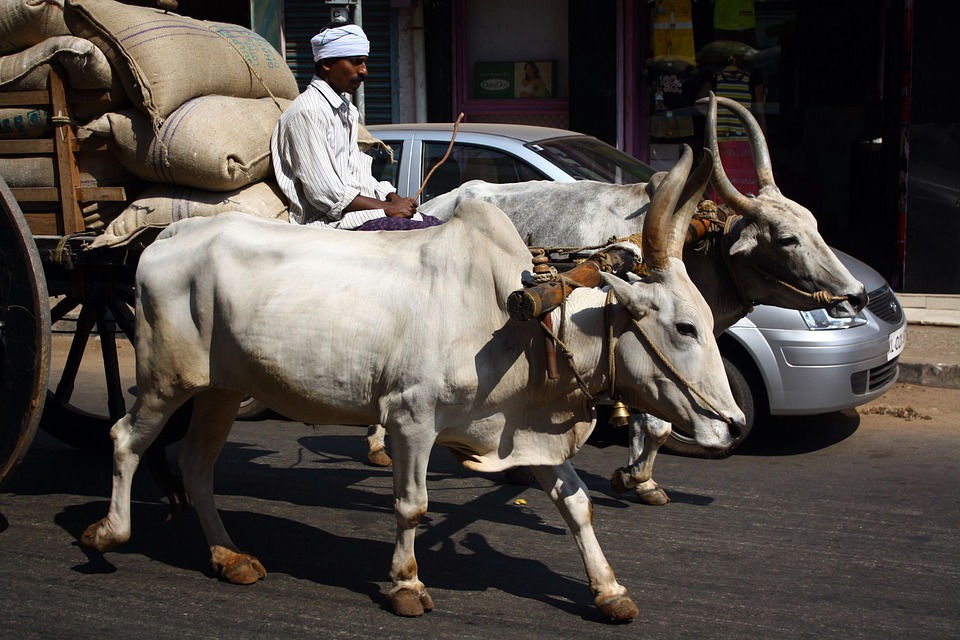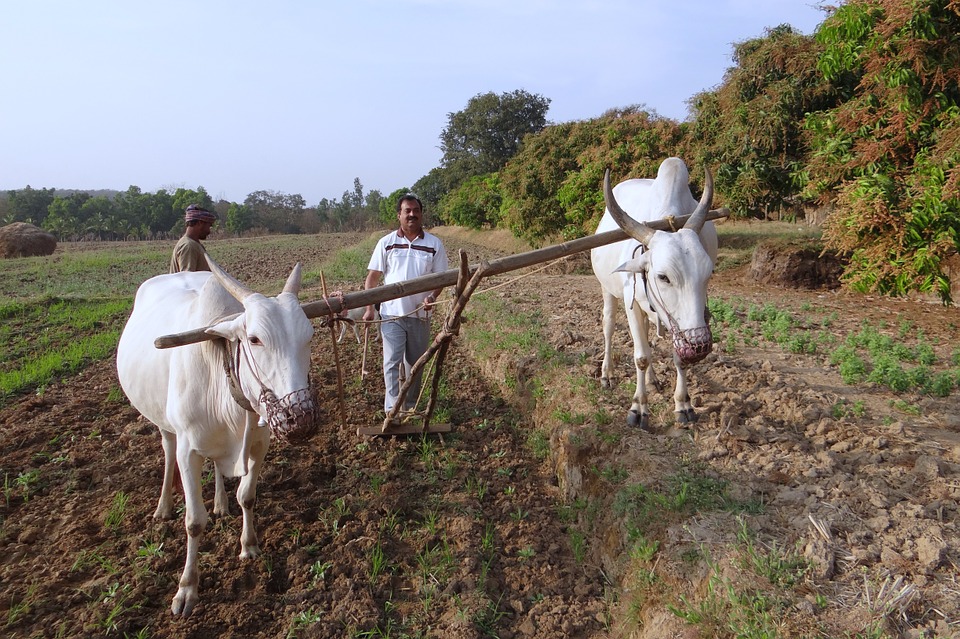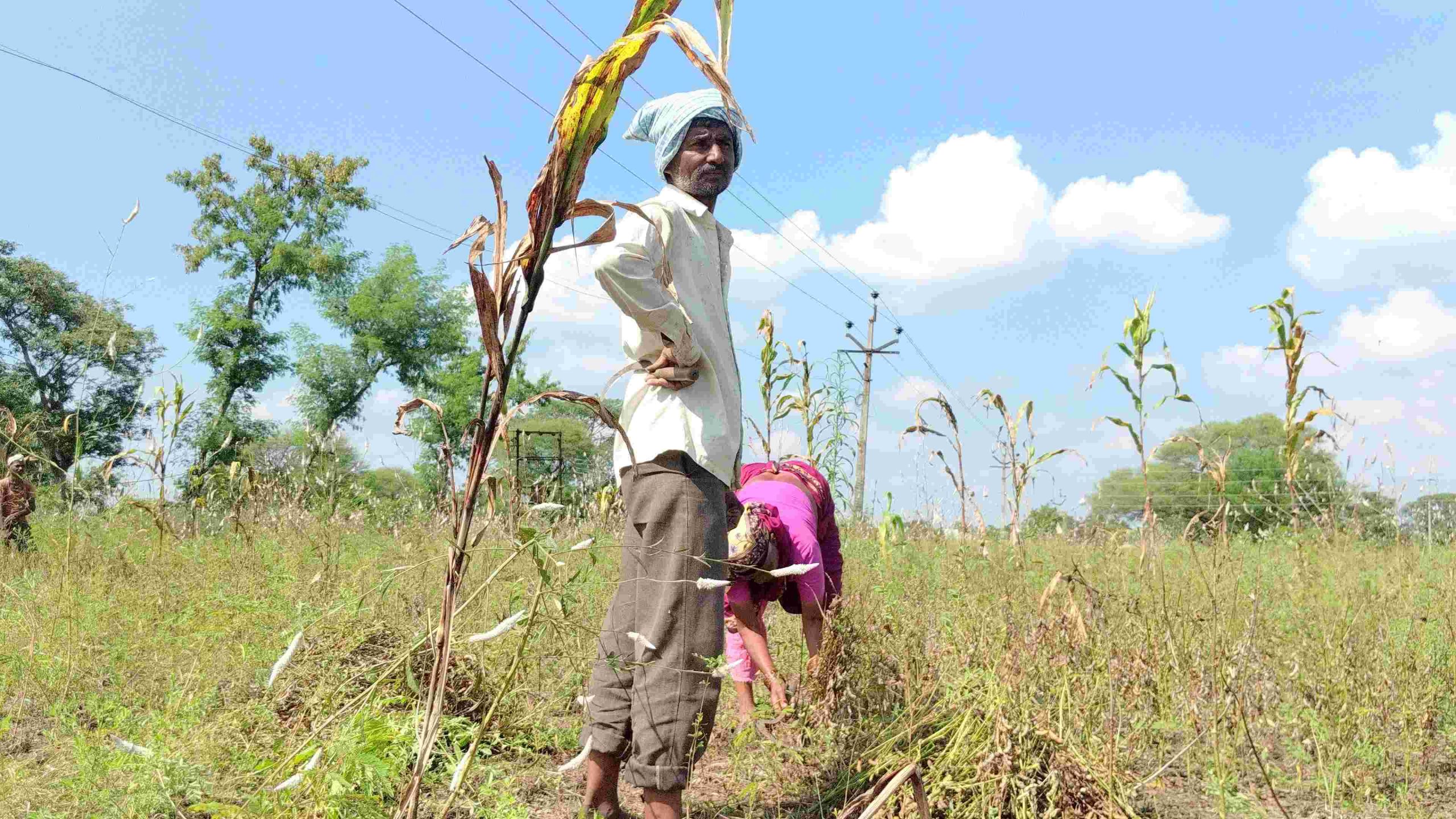This is how the government and banks can help farmers, farm labourers, and informal workers
With COVID-19 bringing transportation and market demand to a standstill, farmers may stop hiring farm labourers. Similarly, the future looks bleak for the informal sector workers

According to the last published Census of India data, there are as many as 48.2 crore workers in India. Of these, only 3.3 crore are in the formal sector; the remaining 93 percent includes 11.9 crore farmers, 14.4 crore landless agricultural workers, and 21.9 crore non-agricultural workers. Almost none of them get a monthly pay cheque or bank transfer. Their cash flows are dependent on them working.
Agricultural workers are paid daily, weekly, or monthly, depending on their contract with the farmer. But with COVID-19 bringing transportation, mandis, and market demand to a standstill, farmers are starting to face difficulties harvesting their rabi crop. As a result, they’re likely to stop hiring farm labourers, creating a serious cash flow crunch for both farmers and agricultural workers.
The same holds true for informal sector workers earning a living as a machine operator in a small enterprise, a street vendor of vegetables, a barber, a presswala, domestic help, a safai karamchari, a hamal loading and unloading goods in warehouses and transport yards, a small shopkeeper, a contract worker in a mall, and so on. At best, they may have received their wages till March 20th, and some may get something more by the end of the month, but after that the future is bleak, unless life limps back to normal.

Under such circumstances, the government needs to take steps that will:
Reach a large number of agricultural and informal sector workers
Provide subsistence wages and food supplies
Do it with minimal possibility of leakage, corruption, exploitation, and delay
Keep the fiscal burden on the government as low as possible
In order to reach this large number of agricultural and informal workers, we need to look at the three big systems we have in place, which are still functioning during the crisis:
1. The banking system
The banking system is all-pervasive through branches, micro-banking outlets, and ATMs, and works with the help of IT and telecom systems. There are more than 33.66 crore Jan Dhan (basic savings bank deposit) accounts, with more than Rs 1 lakh crore deposited. In addition, for just one loan programme, the Pradhan Mantri Mudra Yojana (PMMY), the banks had reached out to nearly 21 crore borrowers. Likewise, the Kisan Credit Cards (KCC) reached another 7 crore farmers. Banks therefore have the capability to reach out to more than 50 crore individuals who already have a deposit or a loan account (with KYC done), electronically.

2. The payments system
While we use this system to send money to each other, the government has been using it extensively to make millions of Direct Benefit Transfers (DBTs). In 2018-19, DBTs of subsidies in cash and kind crossed the Rs 3 lakh crore mark. They were provided to 123.8 crore beneficiaries through 351 crore transactions. The number of discrete beneficiaries is hard to estimate, since the above number also includes multiple transactions during the year to the same beneficiary (such as in the case of monthly old age pensions). Despite this, the reach of an all-electronic, Aadhaar-enabled, DBT is unmatched.
3. The Public Distribution System (PDS)
The official name for what we commonly refer to as ‘ration shops’, there are nearly 5.27 lakh of these nationwide. The PDS procures food grains and delivers it to consumers. To prevent leakages, electronic point of sale devices have been installed in 4.67 lakh ration shops, as of December 2019. In 2018-19, the PDS served 80.7 crore people under the National Food Security Act, 2013.
The above three systems are great assets in this time of COVID-19, provided telecom, computer systems, and the logistics of cash and food can be sustained. Given their wide reach and ability to move funds almost immediately, the government can use these systems to ease the life of India’s agricultural and informal workers over the next several months.

Here are some steps that the government can take to provide relief and support:
1. Ask banks to extend the overdraft facility of up to Rs 10,000 to all the 33 odd crore crore Jan Dhan bank account holders. These accounts already exist and banks only need to inform account holders that such a facility has been activated. People can come to the branches or go to the nearest micro-banking outlet to get cash. Also, as more than 29 crore Jan Dhan account holders have been issued RuPay debit cards, these should be activated so that people can use ATMs as well as make digital payments. This will reduce the demand for cash.
To ease the pressure on banks, the government should offer a default guarantee on Jan Dhan overdrafts. Even if almost all the account holders—say 30 crore people—take an average overdraft of Rs 5,000, the total amount will be Rs 1.5 lakh crore. As these loans will go from banks, there will be no fiscal stress on the government, and banks can also use their excess liquidity for this purpose. Even if we assume a 10 percent default rate, the government has to pay banks only Rs 15,000 crore.
2. Ask banks to extend working capital cash credit loans to all current PMMY loan borrowers and KCC-holder farmers. Cumulatively, there are 21 crore loan accounts under the PMMY scheme since 2015, worth more than Rs 10 lakh crore. At least half of them, nearly 11 crore, are likely to still be current borrowers with banks. They, in addition to the nearly 7 crore KCC-holder farmers, can all be extended working capital limits equal to the loan that was granted to them. These limits should be in the form of cash credit.
The government should offer a default guarantee to banks for these additional cash credit limits as well. If we assume about 15 crore out of nearly 18 crore eligible borrowers draw Rs 30,000 each from their cash credit limit, the total amount would be Rs 4.5 lakh crore. If we assume a five percent default rate, the burden on the government will be Rs 22,500 crore.

3. Permit the 5 crore Employees’ Provident Fund Organisation (EPFO) account holding workers to withdraw the equivalent of four months of contribution from their Provident Fund (PF). This will amount to about 96 percent of basic monthly pay, as the PF contribution is 12 percent of basic pay each by employer and employee. This may be permitted every month for the next quarter, subject to their having a balance in the PF account. This will enable workers who have stopped earning due to layoffs to continue to get a subsistence income.
4. Release three months’ cash subsidy to old age pensioners, the disabled, woman-headed households, and any other disadvantaged category, via DBT. This will bring about Rs 35,000 crore cash in their hands when they need it most, and yet it will not increase the government’s fiscal burden since this was pre-budgeted.
5. Direct the PDS outlets to distribute free 35 kg wheat or rice quota for three months. Providing this to each of the 23 crore ration card-holding households will greatly reduce any panic about starvation, and reach a very large number of people in the slums and in rural India. Assuming the net cost of ration delivered is Rs 30 per kg, this amounts to an outlay of about Rs 72,450 crore, to help create a sense of ease among 92 crore people (assuming a household of four people per ration card).
The cumulative fiscal cost of the above recommendations is Rs 72,450 crore for the PDS scheme and another potential Rs 37,500 crore for the default guarantees.
This together is around three percent of the government budget in 2020. The primary funds of Rs 6 lakh crore will come from a banking system that is flush with liquidity, and they will be guaranteed against default. Apart from easing life for agricultural and informal workers, these steps may just about revive our banks as well.
This article was first published here
Vijay Mahajan is CEO of the Rajiv Gandhi Foundation and Director of the Rajiv Gandhi Institute for Contemporary Studies. He is also the chair of the Consultative Group to Assist the Poor (CGAP), a global microfinance forum.

